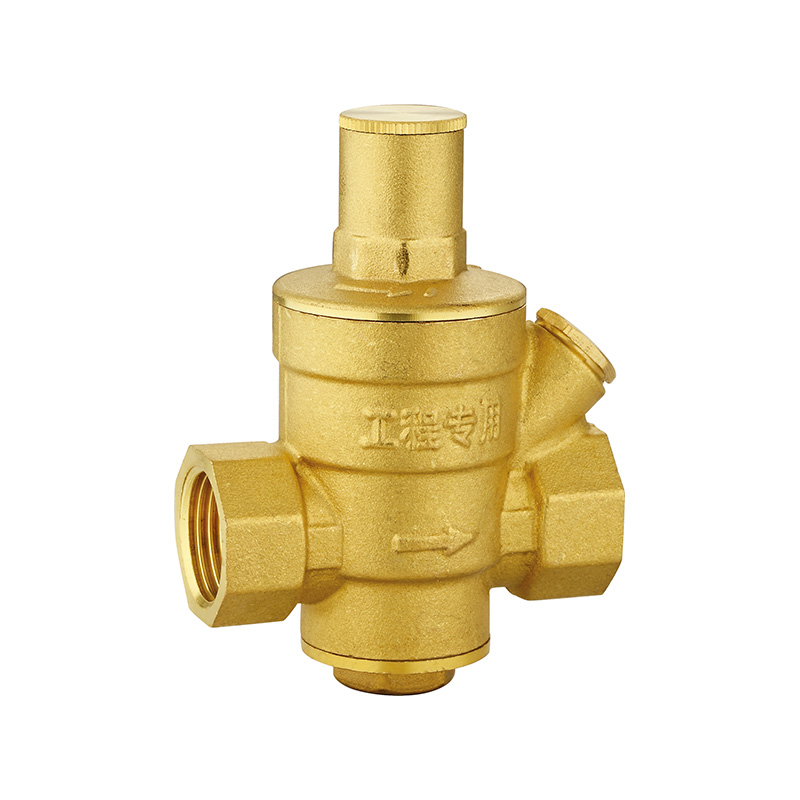Brass Plumbing Fittings: From the Past to the Present
The use of brass in plumbing fittings factory dates back to ancient civilizations, where it was valued for its strength and malleability. Brass, an alloy of copper and zinc, was recognized for its ability to resist corrosion better than pure copper, making it ideal for water-related applications. The ancient Egyptians, Greeks, and Romans were among the use metal alloys like brass in their plumbing systems, although at that time, the technology and techniques were rudimentary compared to what we know today.

During the Roman Empire, plumbing systems were highly advanced, featuring pipes, bronze fittings, and sophisticated water distribution networks. Although brass was not the primary material, it was sometimes used for faucets, valves, and fittings, as its resistance to corrosion was highly valued, especially in areas with hard water.
In the following centuries, brass became more widely adopted for plumbing applications as metalworking techniques advanced. By the 19th century, with the advent of industrialization and the increased use of piped water in urban areas, brass fittings began to replace traditional lead and iron fittings. Brass was not only more corrosion-resistant than these metals, but it was also easier to mold and machine, making it an ideal material for mass production.
The early 20th century marked the rapid industrialization of the plumbing industry. The development of standardized piping systems and the increasing demand for reliable water supply systems in homes, businesses, and factories led to widespread use of brass fittings. The material's durability, resistance to wear, and ability to withstand high pressure made it a favorite for a variety of plumbing applications, from residential homes to large industrial installations.
Brass became particularly popular for manufacturing faucets, valves, and pipe connectors. Its ability to conduct heat and its non-corrosive properties made it ideal for both hot and cold water systems. Additionally, brass was compatible with the majority of commonly used piping materials, such as copper, galvanized steel, and plastic, making it versatile and easy to integrate into a wide range of plumbing setups.
During this period, technological advancements in metallurgy and manufacturing also made brass fittings more affordable and accessible. Precision machining techniques allowed for the production of highly detailed and complex fittings that could meet the increasing demands of modern plumbing systems. As a result, brass plumbing fittings became an essential part of the infrastructure in homes, commercial buildings, and industrial plants around the world.
Today, brass plumbing fittings are still widely used, but significant improvements have been made to the material and manufacturing processes. Modern brass alloys typically consist of copper, zinc, and small amounts of other elements, such as lead, tin, or silicon, to enhance specific properties like strength, corrosion resistance, and machinability. While lead-based brass was once commonly used, today's plumbing fittings are primarily made from lead-free brass alloys, which comply with modern health and safety standards.
The rise of lead-free brass alloys was driven by increasing awareness of the dangers of lead contamination in drinking water, especially in the aftermath of incidents like the water crisis in Flint, Michigan. To address these concerns, regulatory bodies such as the U.S. Environmental Protection Agency (EPA) and the National Sanitation Foundation (NSF) introduced stricter regulations on the materials used in plumbing systems. Lead-free brass, made from copper and zinc with minimal lead content, has become the standard for plumbing fittings in today's market.
In terms of design, modern brass fittings are manufactured using advanced casting, forging, and machining techniques that ensure consistency, precision, and reliability. Computer-aided design (CAD) and computer numerical control (CNC) machines have enabled manufacturers to produce complex fittings with greater accuracy, a reduction in installation errors and an increase in system efficiency.



 English
English русский
русский Español
Español عربى
عربى


